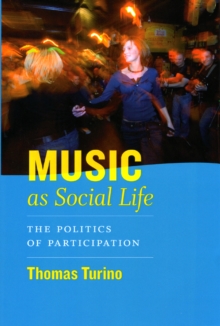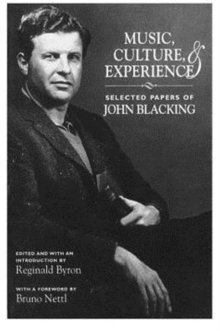
Gamelan : Cultural Interaction and Musical Development in Central Java Paperback / softback
by Sumarsam
Part of the Chicago Studies in Ethnomusicology CSE series
Paperback / softback
Description
This study of the music of Java and the development of the gamelan takes into account historical sources and contemporary cultural theory and criticism.
An ensemble dominated by bronze percussion instruments that dates back to the 12th century in Java, the gamelan as a musical organization and a genre of performance reflects a cultural heritage that is the product of centuries of interaction between Hindu, Islamic, European, Chinese and Malay cultural forces.
Drawing on sources ranging from a 12th-century royal poem to the writing of a 20th-century nationalist, the book shows how the Indian-inspired contexts and ideology of the Javanese performing arts were first adjusted to the Sufi tradition and later shaped by European performance styles in the 18th and 19th centuries.
It then turns to accounts of gamelan theory and practice from the colonial and postcolonial periods.
Finally, the author presents his own theory of gamelan, stressing the relationship between purely vocal melodies and classical gamelan composition.
Information
-
Available to Order - This title is available to order, with delivery expected within 2 weeks
- Format:Paperback / softback
- Pages:368 pages
- Publisher:The University of Chicago Press
- Publication Date:15/12/1995
- Category:
- ISBN:9780226780115
Other Formats
- Hardback from £104.00
Information
-
Available to Order - This title is available to order, with delivery expected within 2 weeks
- Format:Paperback / softback
- Pages:368 pages
- Publisher:The University of Chicago Press
- Publication Date:15/12/1995
- Category:
- ISBN:9780226780115










